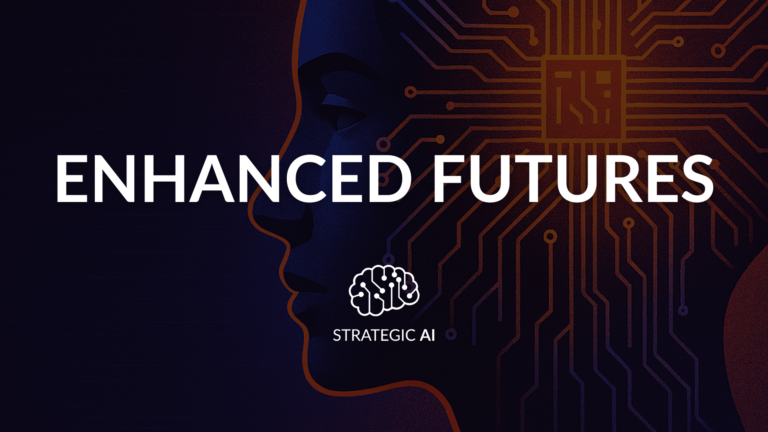
Written by Fola Yahaya
When I began this newsletter almost a year ago, I still had hope that human creativity would always trump AI. I, like many, mocked the unreal videos of Will Smith eating pasta and the clunky ChatGPT texts that were littered with ‘delves’ and cheery summaries. Yet I fear that AI that will have the last laugh.
What prompted this watershed moment was an email from Visual Electric, an AI image gen app, highlighting some of the best image generations. As you can see from the examples below, these are indistinguishable and I’d say even ‘better’ than a studio shoot. All based on a single-paragraph prompt (see below to learn how to use this).

Visual Electric

Visual Electric

Visual Electric
Now let’s break this down. No need to hire a model, a photographer, a makeup artist, lights, a studio or a creative director. All you need is a geek with a laptop, and soon you won’t even need the geek! In the space of a year, the AI has got so good that anyone can do in 30 secs, and for peanuts, what used to take an expensive team of at least five people at least a few days.
I know that my mantra “the implications are profound” is becoming a cliché… but this is deeeeeeeeply affecting stuff if you create any content for a living and you operate at any level below the person who pays the bills. This is only the beginning, as AI developers are aggressively hunting use cases for their solutions, and the number one use case is? Cutting the cost of human employment. This means that it’s only a matter of time before almost any service job can be AI’d.
So what can you do about it? Lean in, folks! You definitely can’t beat em’ so my advice is to either quickly embrace a future when you will always be ‘post-editing’ AI output, or carve out a niche in a sector that is by definition anti-AI – creating offline experiences or tangible products.
In the coming weeks, my focus will be on helping you survive and thrive with Option 1, but you may also want to consider developing a new backup side hustle in Option 2 😉
Weave’s Isaac, a California-made personal robot, finally promises to give us what we’ve all been asking for – doing household chores. Hyped for a 2025 delivery (i.e. if they don’t run out of money/aren’t beaten to it by a cheaper Chinese model), Isaac can autonomously tidy, fold laundry and organize spaces, responding to voice or text commands via an app.
That’s all great until you see the almost £40k price tag. Why in the hell would anyone pay even a third of that when you can get your weekly domestic chores done in most modern cities for around £3,500 a year? Another example of a solution looking for a problem.

I really should get commission for hyping the Midjourney (MJ) app, but for £20 a month I think it’s a really good value subscription, if only to be able to marvel at the jaw-dropping creativity of state-of-the-art AI image generation.
I’ve put together a step-by step guide to creating images:
There you have it. How to create studio-quality photographs in seconds. A more comprehensive tutorial is linked below.
OpenAI continues to drip-feed Sora’s creative output on its YouTube channel, but wider access is still restricted to a small group of ‘creators’. Meanwhile, Chinese competitors to Sora are mushrooming as the potential of creating compelling videos from simple text prompts becomes clear.
This fake music video was made entirely using a combination of Luma AI, Runway and KLING AI and music generator Suno in around five hours according to its creator.

I try to avoid reporting on chatter and buzz over ‘forthcoming’ models, but news that OpenAI is on the cusp of releasing a new model codenamed ‘Strawberry’ is worth listening to. What makes Strawberry of interest is that it apparently breaks new ground in how an AI answers your prompt.
Rather than just looking at lot of scraped data and then predicting what you want the answer to be, Strawberry is a ‘reasoning’ AI that will give more thoughtful and accurate answers to difficult questions, but it will take longer to process.
“Strawberry is different from other conversational AI because of its ability to ‘think’ before responding, rather than immediately answering a query.” – Reuters

Network Hub, 300 Kensal Road, London, W10 5BE, UK
We deliver comprehensive communications strategies that deliver on your organisation’s objectives. Sign up to our newsletter to see the highlights once a quarter.